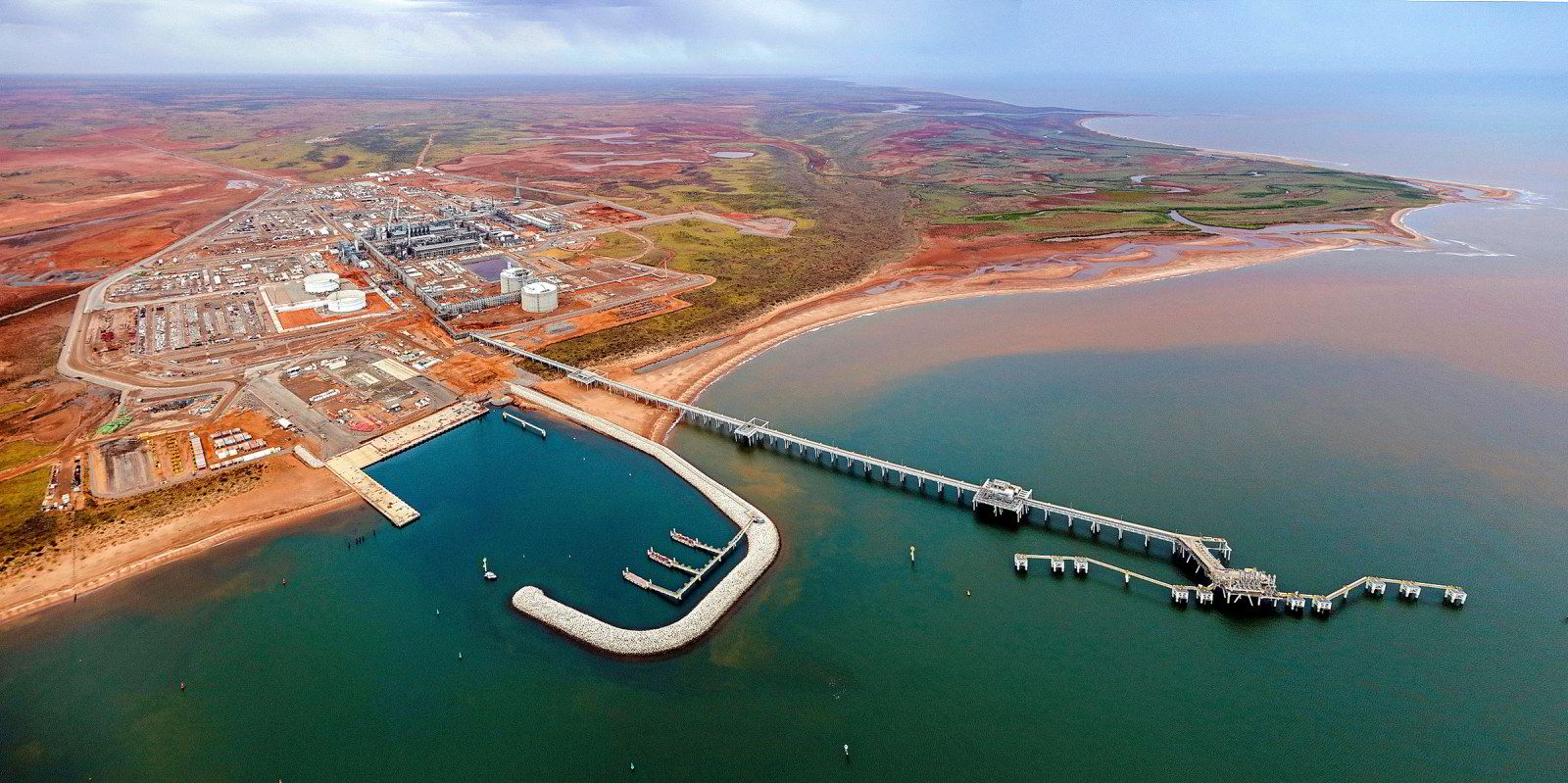Spot charter rates for LNG carriers made strong gains this week as talk of strikes at Australian liquefaction plants inched closer to becoming a reality.
Brokers Braemar said in its report today: “… we see rates steadily climbing as — both older and newer — units got tucked away at premiums to last done.”
In recent days there has been talk of an LNG steam turbine vessel fixed on term business at a rate in the region of $140,000 per day.
Shipowners visiting the large Gastech 2023 industry meet in Singapore were upbeat on the prospects for vessels for the coming winter season on the back of prospects for a colder winter, limited new LNG supply, disruption to existing production and a lack of open tonnage.
Today, Spark Commodities Pacific rate estimate, the Spark25, rose to $167,250 per day on Friday up from $142,750 per day at the start of the week.
Its Atlantic Spark25 ended the week at $160,000 per day, up from $139,250 per day on Monday
The Baltic Exchange also bumped up its LNG indices, with its Pacific BLNG1g Australia to Japan route up $26,166 per day from Tuesday to close the week at $169,858 per day.
Its BLNG2g US Gulf to Continent route rose $15,857 per day to $158,435 per day over the same period.
Rate estimates have shot up more in the Pacific region over concerns regarding Australian strike action, which could hit 5% of global LNG production.
Strike action
Reuters said workers at the Chevron-led 15.6 million tonnes per annum Gorgon LNG and 8.9 mtpa Wheatstone LNG — plants went on strike today over wages and conditions after mediation talks between union tie up the Offshore Alliance and government mediators to avert planned action broke down.
As yet there have been no further discussions scheduled.
European gas prices jumped 12% after the strikes were confirmed amid fears that there will be greater competition over volumes that may have been destined for Europe as Asian buyers seek alternative supplies for lost Australian cargoes.
The strike action started on 7 September and is due to escalate each week.
In August, shipbroker Simpson Spence Young said a one-week full shutdown of both liquefaction facilities is equivalent to a loss of nearly 470,000 tonnes of LNG, which amounts to seven to eight cargoes of 65,000 tonnes.
Last month, Australian operator Woodside Energy negotiated a deal with the Offshore Alliance, that raised salaries and made it harder to hire contractors or change rotas and so averted similar action at its North West Shelf LNG facility.






